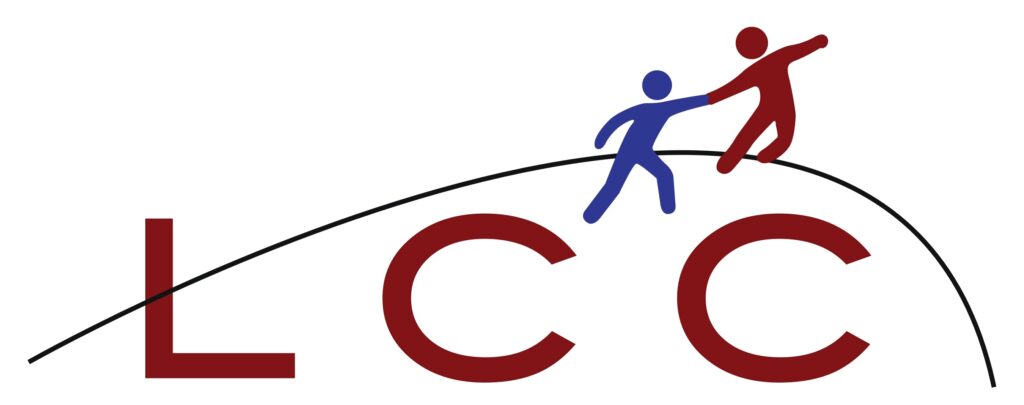Climb the Ladder, Show a Passion: A new approach to extracurricular activities

No one needs to be told that the past 20 years have seen college admissions becoming alarmingly selective. Where admissions were conducted largely on the basis of grades and test scores, a flawless transcript and and near perfect test scores are now necessary but not sufficient components of admission to selective colleges. These days, what tips most students into the admit pile of is the student’s extracurricular activity profile, or EAs.
EAs consist of more than the clichéd captain of the basketball team and editor-in-chief of the school paper. They’re volunteering, professional research, and everything in between. They help to show commitment to a particular field, demonstrate an ability to lead, and provide evidence to support what a candidate says (and doesn’t say) about herself.
Regardless of how a college uses a student’s EA profile, all schools want to see consistency and growth. In other words, scattered, random activities are unimpressive. Movement forward in terms of depth and responsibility is coveted. To make it easy, think of a student’s progression through their “significant” EAs as the climb up a ladder.
Let’s start the description of this “EA Ladder” with a few caveats and qualifiers:
- The student’s EA profile will be filled with activities, many of them that the student does just superficially. That’s fine. The ladder approach should be used for the “significant” EAs: the one or two for which the student has a real passion.
- For the ladder to truly work, the student should have a general idea of what she wants to pursue academically in college.
- The earlier in your high school career you start working your way up the ladder, the better the EA profile ultimately appears.
To illustrate the process, take an (ambitious) 8th grader interested in the sciences. He’s not too sure of what he likes specifically, but he knows that he loves animals. We would start from here and build: volunteer activities at animal shelters, the local zoo and aquarium, or a veterinarian’s office. He could even participate in an academic summer program such as CTY (managed by Johns Hopkins) or EPGY (run by Stanford), both of which offer fantastic enrichment classes in the sciences.
During his first year in high school, our student would take on a bit more responsibility. He would join in-school organizations in order to get more exposed to the life sciences; every high school will have a science/biology/pre-med club on campus. This way, he can stay apprised of science competitions, programs, and fairs.
The summer after freshman year, our student could potentially earn acceptance to COSMOS, the program in science and mathematics managed by the University of California; of course, there are a number of similar programs around the country. When he returned, he would apply for research assistantships at local universities. You would be amazed by how many science professors like to help out younger students if they’re bright and proactive.
Our sample student could move forward by competing in science fairs, further assisting with research, or earning acceptance to uber-selective summer programs like SIMR and RSI, administered by Stanford and MIT, respectively.
We’re obviously dealing with a sophisticated high schooler here, but the idea is similar for students of any level: get them started on a path that gets progressively more challenging from one year to the next.
The ladder approach isn’t for everyone. Many 8th and 9th graders can be pretty scattered in terms of their interests; even committed students get frustrated with the progressively increasing intensity of the academics. However, for motivated students interested in elite colleges, this focused, dynamic approach to EAs works brilliantly. And, with summer steadily drawing closer, now is the time to begin planning how the student will spend those precious hours.
